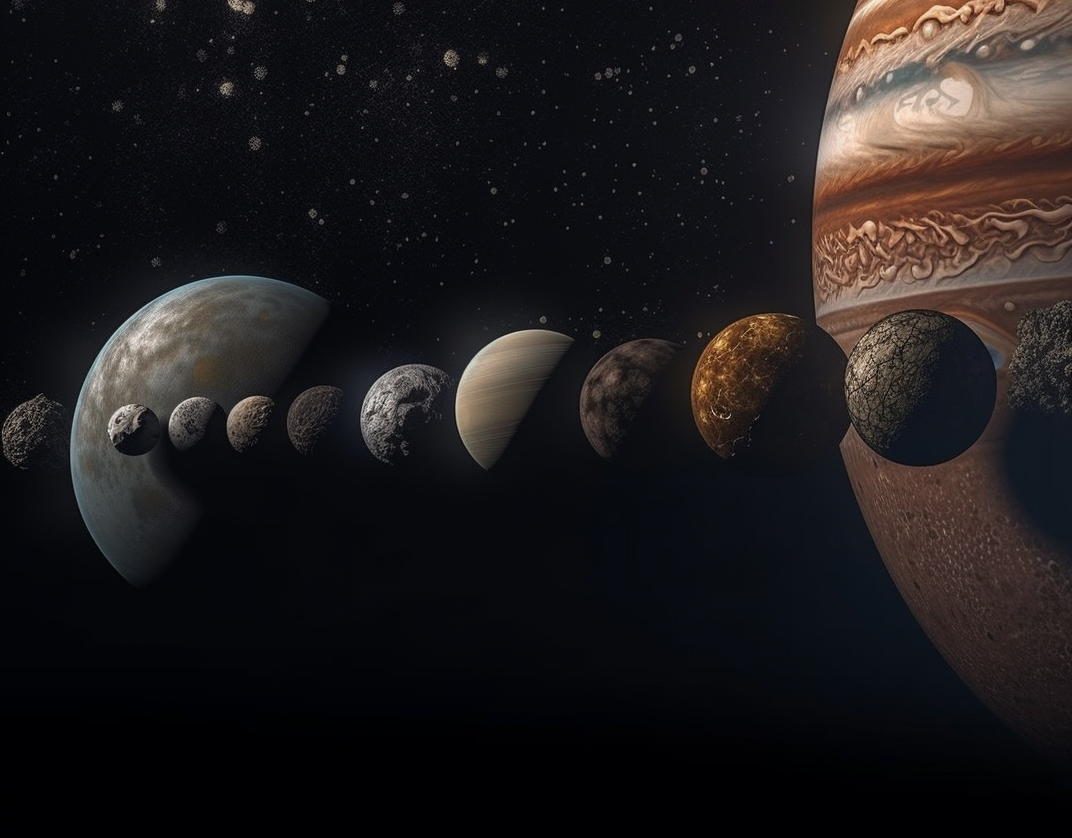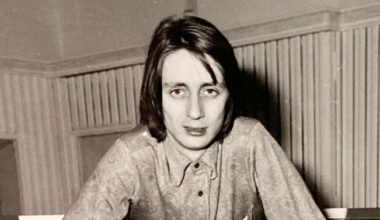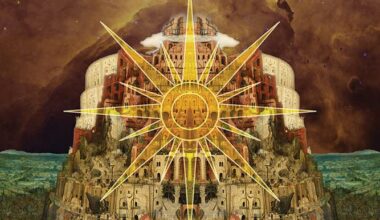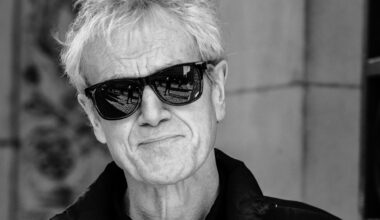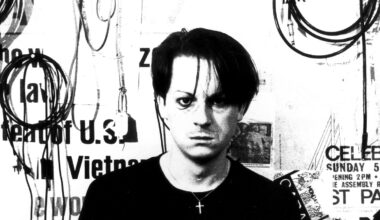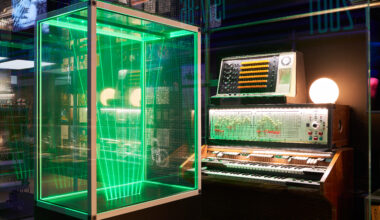Ever wondered what music will sound like in generations to come? Some of it – by Brian Eno, John Cage, La Monte Young and others – is already heading out into time and space, with more waiting to be revealed in both the near and distant future
Want to read more?
Sign up to Electronic Sound Premium to gain access to every post, video, special offers, and more. 100%, all you can eat, no commitment, cancel any time.
Already a premium member? Log in here
